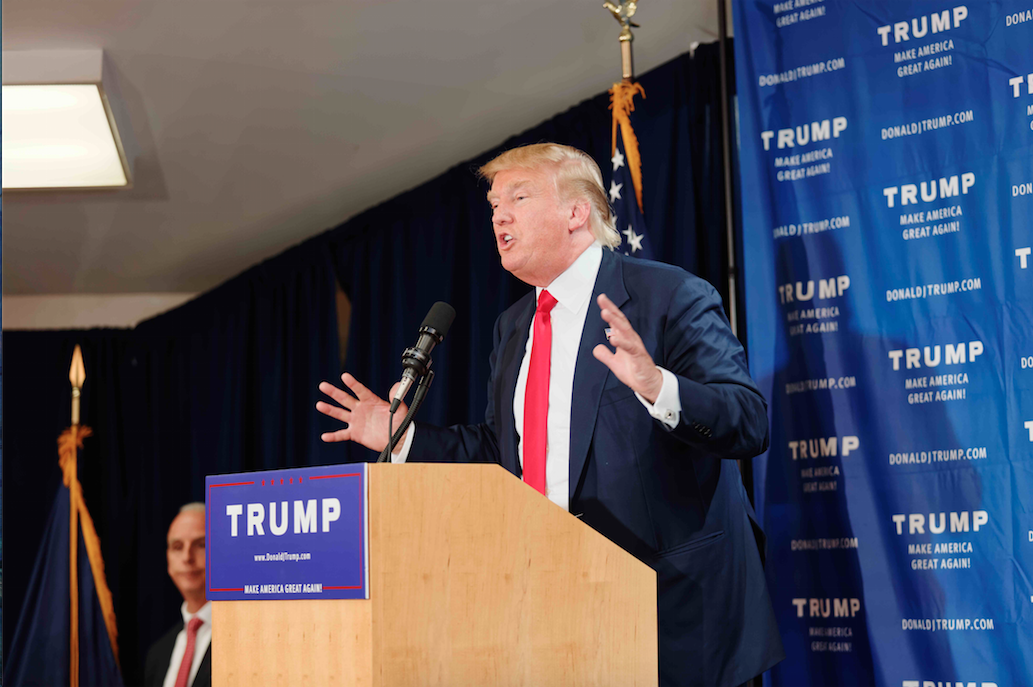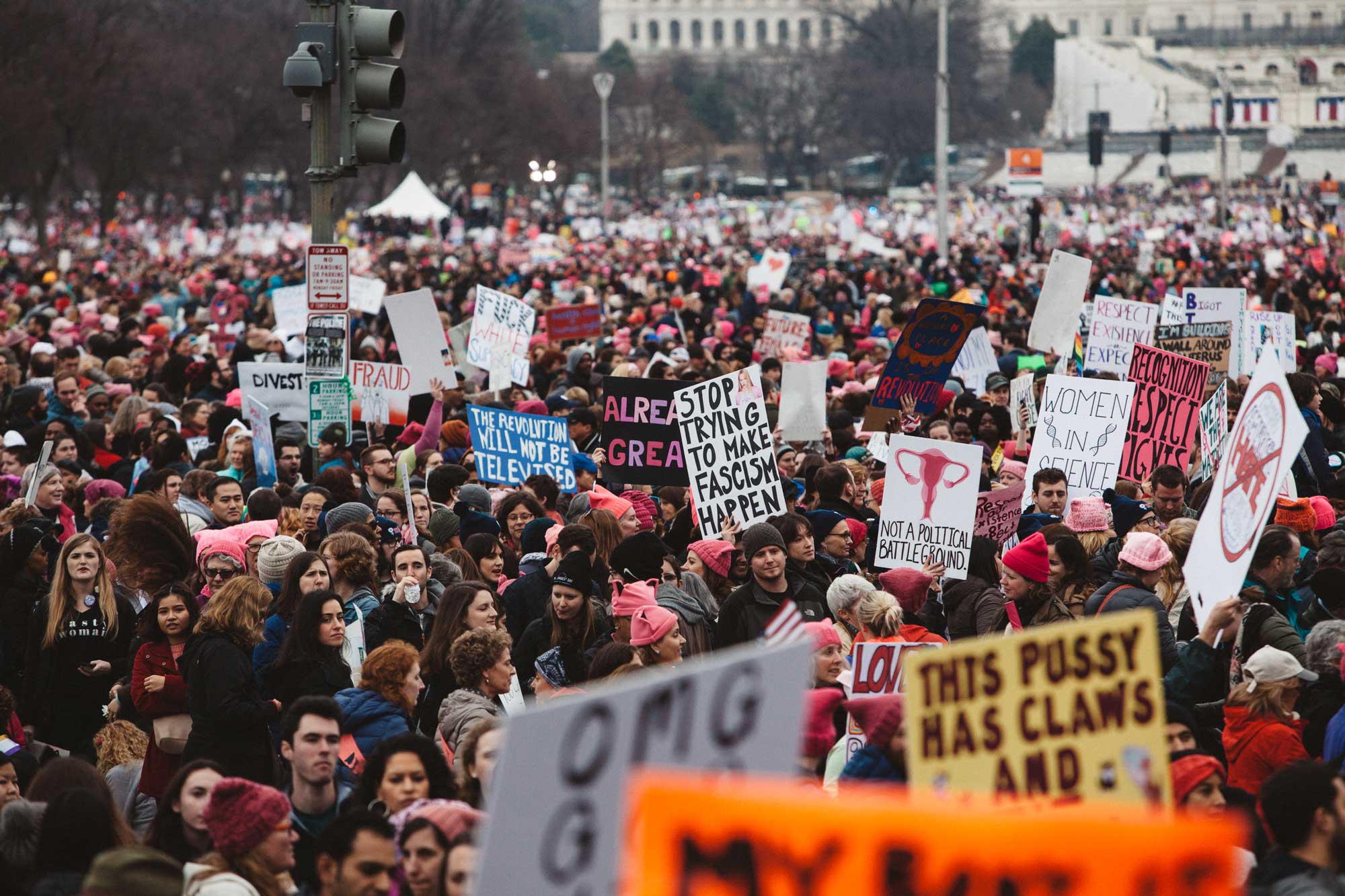
Perhaps the most appropriate way to begin this article is by stating a disclaimer: the name attached to this article is a pseudonym, and I have chosen to write this under a false name for a number of reasons that do not need to be elaborated upon. However, this was an article I felt compelled to write.
My grandmother, who grew up in a village before settling down in the city, sat me down at 11 years old and explained to me the importance of treating the third gender community in Pakistan with the respect I am expected to give everyone. In retrospect I realize just how pivotal that one casual conversation was to my view of the world and my understanding of gender and sexuality. Even before this talk, I was always aware that there was no such thing as a gender binary. There was male, yes, female, indeed, but between the two a gray area existed, albeit one that I did not have much sophisticated knowledge about. Only now that I am much older do I understand what a beautifully complex web gender, sex and sexuality create. Male and female constitute only two points in the aforementioned cluster and are by no means the only biological sexes. Intersexuality, two-spirit, agender, bigender, gender-fluid are all terms that belong under the umbrella of sex and gender, and it is in this spirit that I believe the term hijra or khawaja sira (known in English as eunuchs or third-gender) should be as known in the mainstream to the same extent as the rest.
Sex and gender are two terms that are often used interchangeably in society, and so before proceeding any further, some definitions are in order. Sex, reduced to its most basic definition, is biological – that is, biologically male, biologically female, biologically intersexual, etc. Gender, however, is the way a person chooses to present themselves to society or what society expects of an individual given their assigned sex. It comprises roles, expression, dress, and how far, if at all, their gender expression conforms to societal expectations. Put another way:
“[…] it is the complex interrelationship between those traits and one’s internal sense of self as male, female, both or neither as well as one’s outward presentations and behaviors related to that perception.”[1]
The people known as third-gender in South Asia exist in a realm so far outside of society’s expectations that they have created a subculture unto themselves. They are not a new people. In fact, the khawaja sira are such an ancient presence in South Asia that they feature quite often in literature, religion and otherwise. In the Hindu Ramayana epic, the devotion of the hijra moves the god Ram so much that he promises them the right to rule in humanity’s final age. The hijra were further legitimized in Muslim societies, being employed in the great Mughal era “[…] to guard the royal harems and serve as bodyguards for female royalty. Eunuchs were also known to play roles in the administrative affairs of the imperial courts.”[2]
But who are the hijra? And where do they fall in the cluster of gender and sex as it is understood? This is a question without a proper answer – or at the very least, not one that can be understood under the Western lens of gender and sexuality norms. The hijra tend to be male-to-female individuals, but even this vague identity application is too specific. The majority of hijra were assigned male at birth but choose a female gender expression. Some of them are castrated to be as female anatomically as possible. The closest gender expression is the Native American two-spirit identity, itself a label so complex, yet natural to those who grew up with the concept and the individuals, that it cannot be easily defined. We with the apparent luxury of being cis-gender, which is to say people whose gender expression and identity is the same as their biological sex, will have to content ourselves with this.
I did not know much about sex and gender apart from male and female growing up. Third gender people are not often discussed in the Pakistani curriculum – or really, in any curriculum. I simply acknowledged their existence and thought little of it. But even in my state of ignorance, I recognized that they did not have the same rights as I did, and that there were those in my country who did not consider the hijra to be normal. These were the people who squirmed uncomfortably when a hijra individual tapped on their car windows, draped in sequined dupattas (a length of fabric, often a little sheer, used as a scarf or head covering in the tradition of modesty) and made up flawlessly. The husk in their voice was undeniably masculine, and for all their grace and femininity, the timber of their tone was enough to make passengers in the cars avert their eyes and pretend ignorance to the muffled, sing-song request for alms. It is with shame that I admit to being one of those people initially, but now that I’m older and have the nuanced understanding of gender that it deserves, I can appreciate the struggle of the hijra, a struggle that has, as of late, found representation even in the rather conservative society of Pakistan.
Even within the conservative society of Pakistan, it is not seen as a taboo for two men to walk holding hands in broad daylight. However, actual homosexual relationships are difficult to maintain and certainly not something one can go public with. This struggle also includes other complicated gender identity relationships as well. Article 377 of Pakistan’s penal code explicitly states that “Whoever voluntarily has carnal intercourse against the order of nature with any man, woman or animal, shall be punished with imprisonment for life, or with imprisonment of either description for a term which shall not be less than two years nor more than ten years, and shall also be liable to fine.”[3] However, it is important to note that this Article was adopted from the British penal code set in place during colonial times. A paper published by the Humans Right Watch, “the origins of ‘sodomy’ laws in British colonialism,” addresses this very Article. The authors state that, “Section 377, at its origin, did not respond to Indian society or its ‘values or mores’ at all. British colonial governors imposed it on India undemocratically” and this very section can be found “[…] across Asia, the Pacific islands, and Africa, almost everywhere the British imperial flag flew.”[4] It is my opinion that this same British imposition of morals onto its colonies was the reason for the khawaja sira’s fall from grace, and much of the reason for their ostracization in society. This is considering the comparatively high status of third gender people and eunuchs in pre-colonial South Asia, and the stark difference in their esteem once the British left the region.
And yet, it is a testament to the hijra that they still find representation in Pakistani society. In 2009, the hijra were granted the right to be identified under a gender category separate from male and female.[5] They now possess the right to declare themselves third gender/eunuch and have it stated in their government-issued ID cards. This momentous step in the right direction gave heart to LGBTQ activists in Pakistan, as well as legitimizing the hijra. Wonderfully, this legislation passed with little opposition from society or court officials. Bangladesh, too, has granted their third gender population the right to identify as such. The Supreme Court of Pakistan further ruled in 2012 that the khawaja sira should receive the same treatment and rights that are expected by all other citizens, such as equal inheritance and job opportunities.[6]
This progress points to an undeniable fact: despite the contentious position of the hijra in South Asian society, few people would deny them the ability to live peacefully. Discomfort is all part of the game, but this too seems to be changing in unprecedented ways. One of the ways that progress has already been demonstrated in the last ten or so years is through the popularity of the TV show, Late Night Show with Begum Nawazish Ali. A seductive, impeccably made-up host, with perfectly coifed hair and a heavily sequined sari, was actually a man in drag. Ali Saleem, as he was named at birth, has identified as bisexual and transsexual on many occasions. Saleem once said to BBC News that he “would often dream of becoming a woman.” Saleem is able to freely express his sexual identity and has openly flirted with the cream of Pakistani social society, including politicians, on more than a few occasions![7]
But perhaps the biggest step forward was when the hijra transcended society and addressed politics. In the 2013 Pakistani General Elections, five hijra individuals stood as political candidates, and while they did not garner much support, this sets an example that can only be emulated in ways bigger and better in the future.[8] The beauty in this is unmistakable, and it is an exciting prospect that the khawaja sira will become engaged in society to the extent that they deserve.
There is one last observation I would like to make, and that is a comparison between the rights given to third-gender people in Pakistan and those given to trans people around the world. Consider this: the khawaja sira of South Asia and Pakistan have more rights granted to them than the transgender community in American states like Texas. I do not wish to shame the US. How could I, given that Massachusetts, the state I have begun to call home after a mere seven months, champions marriage equality and progressive views of the LGBTQ community as a whole? But what I wish to get across in this article is the importance of looking at Pakistan in a nuanced way and allowing it the complexity of consideration that it deserves. Gender is fluid and beautiful. It has never conformed to black or white and it will never do so. Similarly, Pakistan is multi-faceted. It has never conformed to black or white either.
If a conservative society like Pakistan can grow to accept those who don’t quite fit the framework of gender asserted by archaic gender roles and patriarchy, what else is it capable of? What else is being done in the country that would be considered progressive if it wasn’t doomed to the “failed state” analyses that Western news affords it? Perhaps countries that aim to address gender issues should look to Pakistan and learn from its attempts to approach a fluid issue with matching fluidity. We may be far from the end of the tunnel, but when progress is being made, why stop the train?
Leah Masood
Political Science & International Affairs ’18
References:


